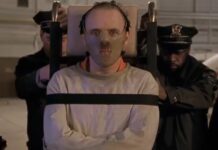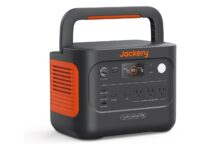
'Immersive sound has become a real buzzword’: Meyer Sound's John McMahon on the future of the loudspeaker market
Part 3 of our three interviews with industry experts discussing the predicted growth of the loudspeaker market
We spoke to John McMahon, vice president of solutions and strategy at Meyer Sound, about his take on the projected $1bn growth in the loudspeaker market over the next four years.
This upbeat assessment seems in line with what we’ve experienced recently at Meyer Sound. I think there are two factors at play here. Part of it is the increasing overall volume of loudspeaker sales, but we are also seeing a shift upwards in loudspeaker quality as more markets across the board are looking to offer a better listening experience. So not only are quantities increasing but the dollar investment per loudspeaker is also going up, which boosts the total amount.
We’ve seen this trend developing in commercial projects, whether retail, corporate headquarters or hospitality. If you have already spent considerable sums on architecture and interior design of your space, completing the job with substandard sound does not reflect well on your brand. We’ve found that major global concerns are looking for premium solutions to support their brand by ensuring a great listening experience for customers, shareholders or their own personnel.
In live entertainment, immersive sound has become a real buzzword. It’s something Meyer Sound started working on with sound designers like Jonathan Deans and Francois Bergeron decades ago, and now it’s popping up everywhere. Obviously immersive sound requires far more loudspeakers than conventional approaches, and we’re seeing system sophistication once seen only in Las Vegas showrooms now going into 500-seat regional theatres.
If you look at a trend like the new fully immersive cinema sound formats, that gives you another clue in terms of quantities. It’s similar to immersive sound in live events, but on a much wider scale. That even carries over to sporting venues, like football stadiums, where the trend is toward distributed systems as opposed to end zone systems. It’s a better solution, but it costs more and requires many more loudspeakers.
We have a varied mix of companies now serving the pro loudspeaker market. On one hand we’ve seen recent acquisitions of major manufacturers by international conglomerates and private equity firms. But we also have a healthy number of independent private companies like Meyer Sound that are focused on this market and will play a major role in driving future growth. Companies like ours have greater flexibility in responding quickly to customer needs and in developing new technologies. When you’re privately held, you can roll up your sleeves and dig into something over a number of quarters – or a number of years – without worrying about short-term returns for stockholders.
A good example of this freedom to innovate would be self-powered loudspeakers, a technology Meyer Sound pioneered in the 1990s. It was a huge leap of faith back then but it’s paying off in spades.
Source: mi-pro.co.uk












